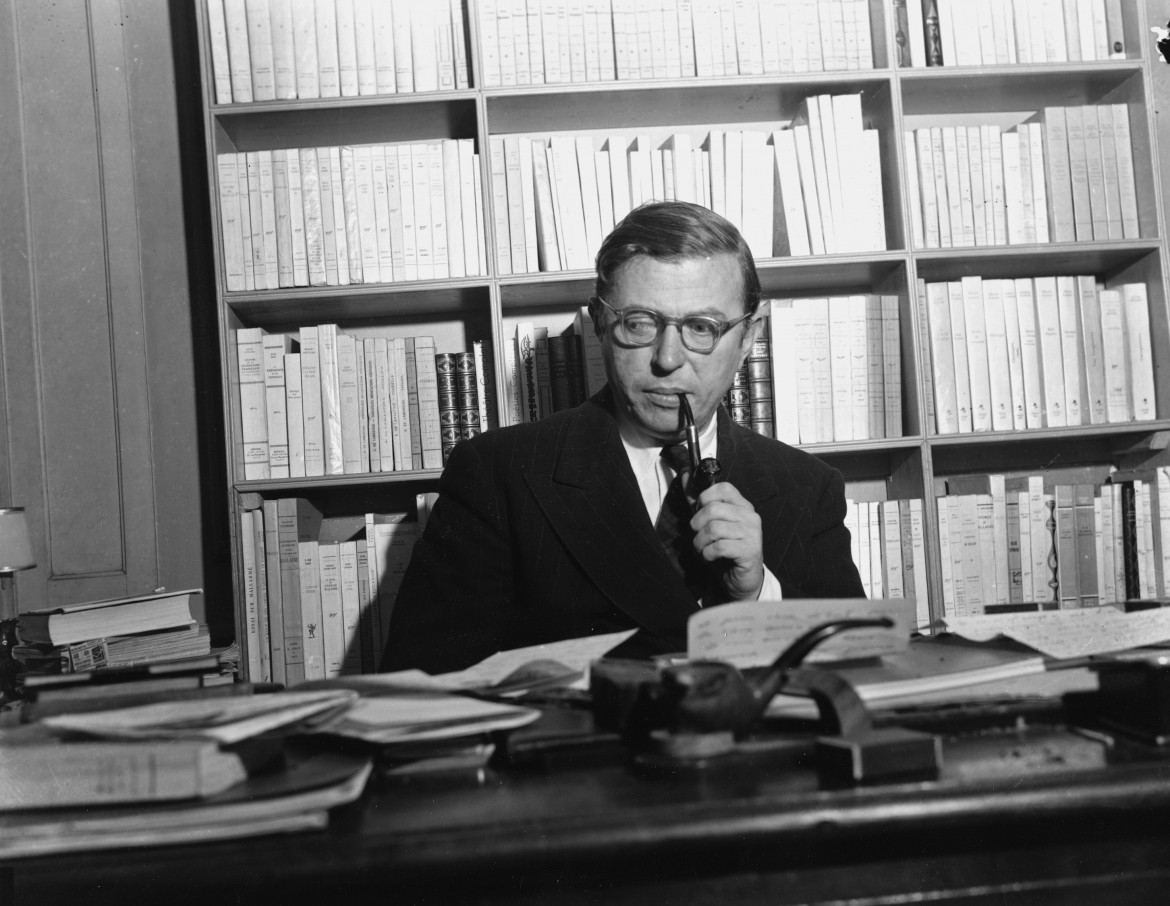
So, if consciousness is free, the noematic correlate of its freedom should be the world that carries in itself its possibility of negation, at each moment and from each point of view, by means of an image, even while the image must as yet be constituted by a particular intention of consciousness.

First of all, even if no image is produced at the moment, every apprehension of the real as a world tends of its own accord to end up with the production of irreal objects since it is always, in a sense, free nihilation of the world and this always from a particular point of view. Thus the situation of consciousness must appear not as a pure and abstract condition of possibility for all of the imaginary, but as the concrete and precise motivation for the appearance of a certain particular imaginary.įrom this point of view, we can finally grasp the connection of the irreal to the real. It is the situation-in-the-world, grasped as a concrete and individual reality of consciousness, that is the motivation for the constitution of any irreal object whatever and the nature of that irreal object is circumscribed by this motivation. We can then say that the essential condition for a consciousness to imagine is that it be ‘situated in the world’ or more briefly that it ‘be-in-the-world’. I will call the different immediate modes of apprehension of the real as a world ‘situations’. This particular excerpt crystallizes this “being-in-the-world-ness” as the necessary condition for the imagination: The imagination, in other words, is a combinatorial phenomenon - something artists, designers, writers, and scientists understand.

What enables the imagination is consciousness and the totality of our experience - everything we know, everything we’ve seen and heard and read, everything we’ve accumulated in the course of being fully awake to the world. In The Imaginary: A Phenomenological Psychology of the Imagination ( public library), originally published in 1940, he examines the concepts of nothingness and freedom to argue that, contrary to popular conceptions of imagining as a kind of internal perception, the two stand in stark contrast - perception is incomplete (you only see one side of a chair, the rest obscured from that point of view) whereas the imaginary is complete (when you imagine a chair, it arrives whole, known from all directions). Though French existentialist philosopher, novelist, and political activist Jean-Paul Sartre remains best-known for shaping much of 20th-century sociology, political ideology, and critical theory, some of his most interesting work deals with the imagination.


 0 kommentar(er)
0 kommentar(er)
